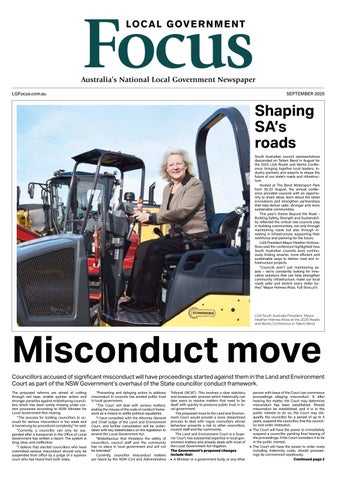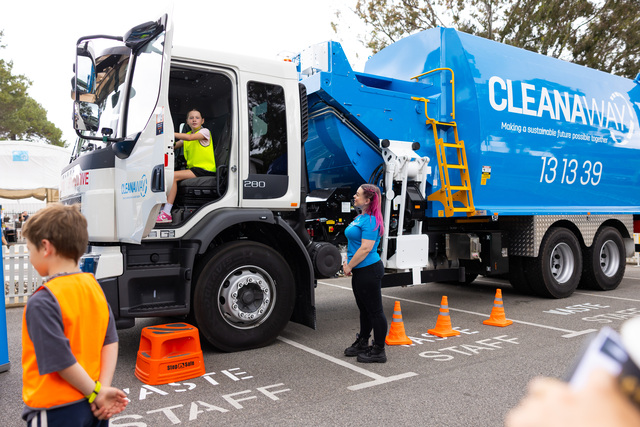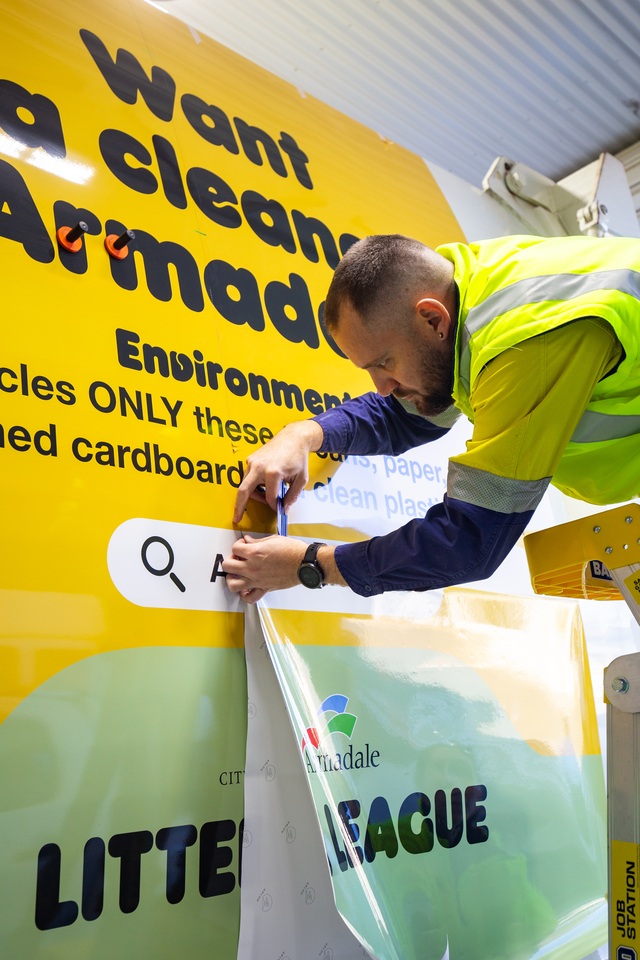By Rob Cook
As the gateway for a large proportion of organisational spend, procurement can make an immense contribution to ongoing financial sustainability, both directly and indirectly.
In an environment of increased public scrutiny, the focus has tended to be on direct, easily- measured economic aspects such as price. While this approach may appease some stakeholders, it underplays procurement’s potential to help councils manage end-to-end financial risk.
Supplier selection
The first step in addressing procurement risk is casting the net wide enough to identify potential suppliers.
Current technology such as e-Procurement allows organisations to search far and wide for potential suppliers.
Additional toolsets automate the evaluation process, adding transparency and avoiding the risks of fraud and corruption.
A potential downside of looking further afield is that we are faced with proposals from suppliers we don’t know.
For low-value, commodity-type supplies, it may be possible to address supply risk through the use of self-reporting and a search of some of the public insolvency databases.
However, in a competitive business environment where business failure is common, there is an increasing need to fully understand the risks associated with potential suppliers – including those we think we know well.
It is, therefore, becoming increasingly important to include independently
sourced financial viability or, conversely, business failure risk checks as part of the supplier qualification process.
And it’s prudent business practice to subject shortlisted candidates to more stringent checks during the bid evaluation and award process.
The same applies to high-value or strategic purchases, especially where there are only one or two providers who can supply vital goods or services.
One such example is the ACT Government’s Urban Renewal Taskforce, a multi-billion dollar programme to replace 1,288 homes and units. In this project, all suppliers are subjected to a thorough risk assessment before being contracted. Supplier risk is identified, scored and treated before any contract is signed.
The value and importance of the project are such that the government just can’t afford to allow it to fail.
The real risks can only be identified through independent and reliable insights into supplier solvency and viability.
Ongoing diligence
Unfortunately, supplier risk is not set-and-forget. Business conditions change, and suppliers need to be monitored to ensure that they can still be depended upon.
Scanning the insolvency listings to make sure your suppliers are not included is not enough. Insolvent trading is just as common as business failure, and many businesses continue to operate, regardless of their ability to pay their own suppliers.
At an aggregated level, insights into the financial health of a council’s supplier base can be gained through supplier portfolio monitoring services.
At an individual supplier level, councils can be alerted to early warnings of financial stress through ongoing company-specific monitoring services.
In some cases, these early warnings have been flagged up to four months before formal bankruptcy proceedings. Being first to know gives you more time to manage the damage.
Of course, there’s a cost to any due diligence process. The challenge is balancing risk with the additional investment required to ensure financial sustainability.
Luckily, in some cases, the financial burden can be passed on to, or shared with suppliers.
If the prize is big enough and the chance of winning is high, it is not unreasonable to expect bidders to supply (or fund) independent third-party business risk reports – either with their initial tender or if they are shortlisted.
Procurement can contribute much to the ongoing financial sustainability of the organisations it serves. It can deliver directly with good value-for-money contract outcomes, while also contributing indirectly though the establishment and ongoing management of a reliable supply chain.
In volatile business conditions, this requires due diligence and reliable information – during the tender process, when contracting suppliers, and on an ongoing basis.
Rob Cook is Marketing Manager of TenderLink (www.tenderlink.com), one of Australasia’s largest web-based procurement networks.
tenderlink.com
*Copy supplied by Tenderlink







